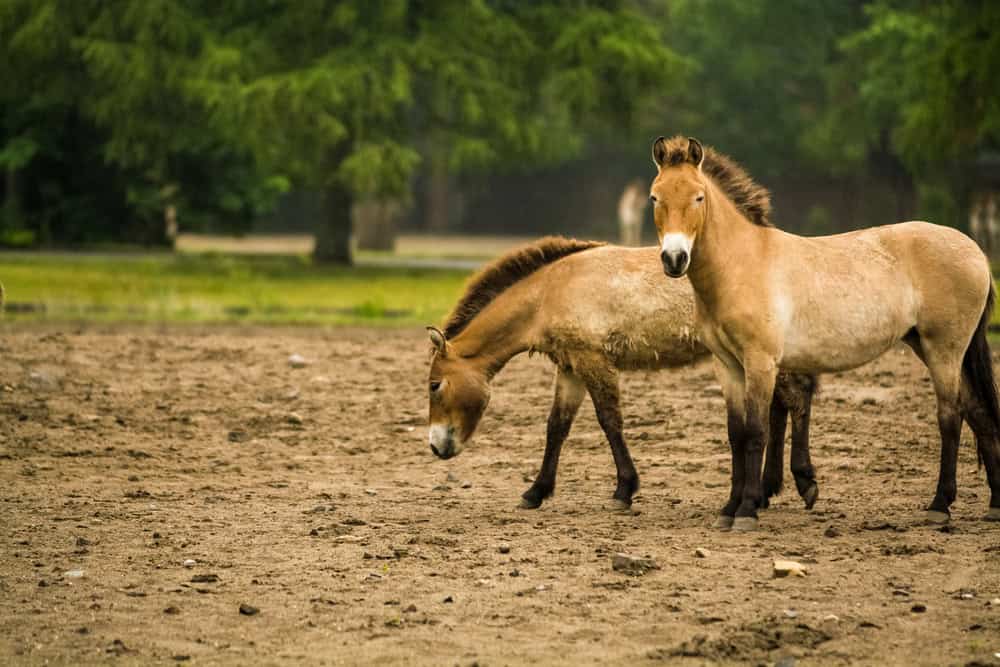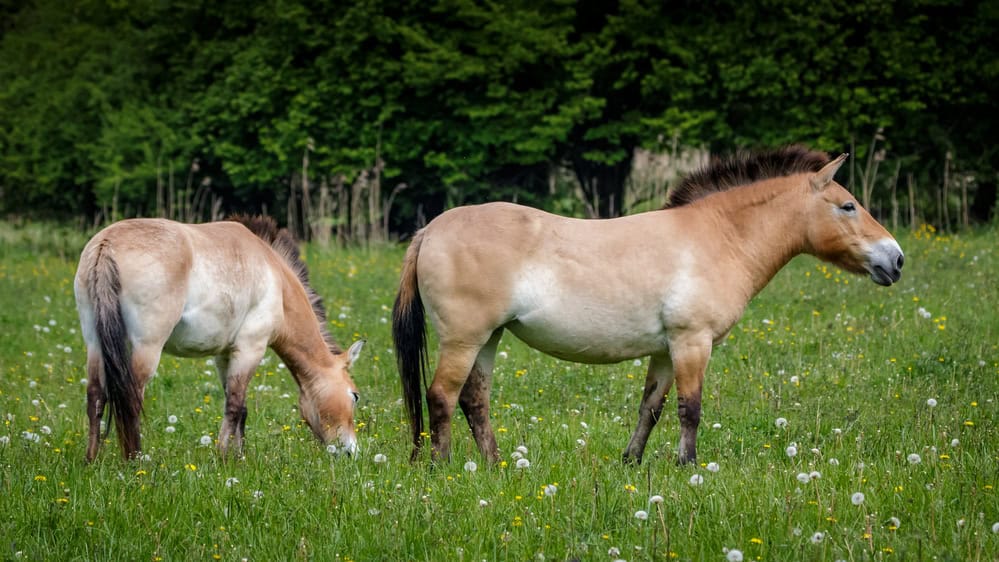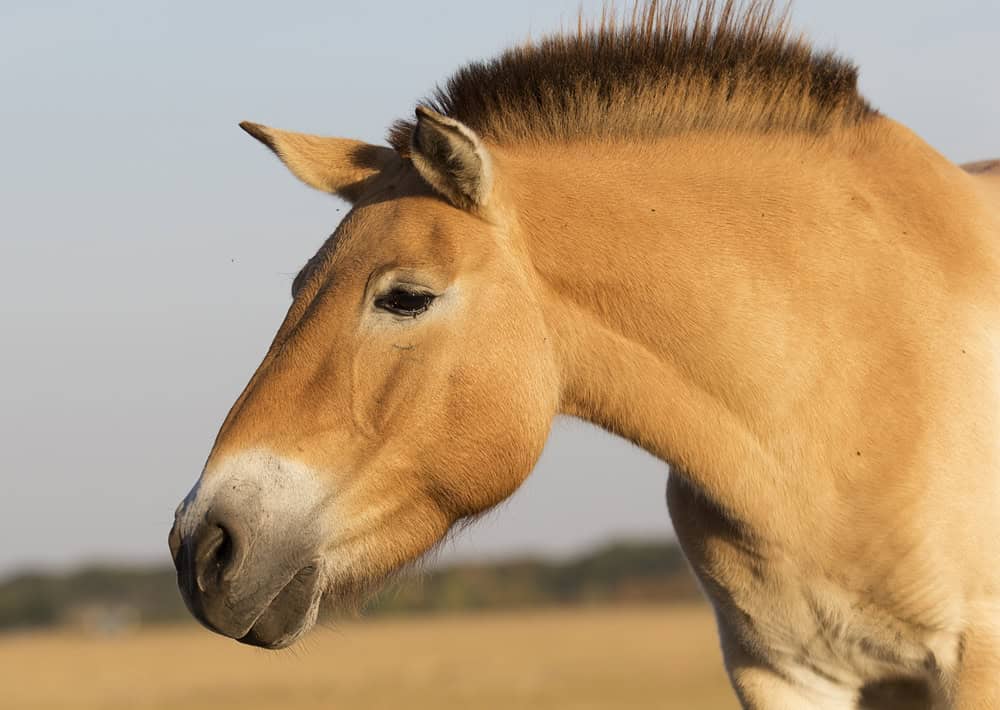Przewalski’s horses, also known as the last wild horse species, are making a remarkable return to the steppes of Kazakhstan. These incredible animals had been missing from this region for over two centuries.
A Historical Comeback

For the first time in 200 years, these endangered horses are galloping across the Central Asian plains. Their reintroduction marks a significant milestone in wildlife conservation efforts.
Prague Zoo’s Initiative

The Prague Zoo has been instrumental in this project. They organized the transportation of these wild horses from Europe to their new home in Kazakhstan.
The Journey to Freedom

The horses traveled over 6,000 kilometers from Prague to their new habitat. This long journey was meticulously planned to ensure their safety and well-being.
Adapting to a New Home

Upon arrival, the horses are gradually adapting to their new environment. They are learning to navigate the vast, open steppes and finding food sources in the wild.
Breathing New Life into the Steppes

The presence of Przewalski’s horses is bringing new energy to the Central Asian steppes. Their grazing habits are expected to benefit the ecosystem, promoting plant growth and soil health.
A Symbol of Hope

These horses symbolize hope and resilience. Their return is a testament to the power of conservation efforts and international cooperation.
The Role of Conservationists

Conservationists have played a crucial role in this project. They have worked tirelessly to ensure the horses’ survival and successful integration into the wild.
Challenges Along the Way

The reintroduction project faced several challenges, including logistics and ensuring the horses’ health during transit. However, the team’s dedication overcame these obstacles.
A Boost for Biodiversity

The return of Przewalski’s horses is expected to boost biodiversity in the region. These horses will help maintain a balanced ecosystem, supporting various plant and animal species.
Community Involvement

Local communities are involved in the project, providing support and monitoring the horses’ progress. Their participation is vital for the long-term success of this initiative.
Educational Opportunities

This project offers educational opportunities for researchers and students. Studying these wild horses in their natural habitat will provide valuable insights into their behavior and ecology.
Future Prospects

The future looks promising for Przewalski’s horses in Kazakhstan. Continued efforts and monitoring will ensure their population thrives in their new home.
International Collaboration

The project highlights the importance of international collaboration in wildlife conservation. Organizations from different countries have come together to make this dream a reality.
Protecting Genetic Diversity

Reintroducing these horses helps protect their genetic diversity. This is crucial for their long-term survival and adaptation to changing environmental conditions.
Ecotourism Potential

The presence of Przewalski’s horses may boost ecotourism in Kazakhstan. Visitors from around the world will be drawn to see these animals in their natural habitat.
A Win for Wildlife

This project is a significant win for wildlife conservation. It demonstrates that with dedication and cooperation, we can reverse the effects of human impact on the environment.
Inspiring Future Projects

The success of this reintroduction project can inspire similar efforts for other endangered species. It sets a precedent for restoring wildlife populations in their native habitats.
A New Chapter for Kazakhstan’s Steppes

The return of Przewalski’s horses marks a new chapter for Kazakhstan’s steppes.
Celebrating Success

Finally, it’s time to celebrate this success story. The return of Przewalski’s horses is a momentous achievement, showcasing the positive impact of conservation efforts.
Thanks for following along: ‘Przewalski’s Horses Make a Historic Return to the Golden Steppes After 200 Years’
You may also like:
Join our Forum for free today!

- Did-You-Know These 30 Animals Were Endangered? - June 26, 2024
- Florida Women Discovers 8-Foot Alligator In Her Kitchen - June 26, 2024
- 750-Pound Alligator Pet Seized From New York Man’s Home After 30 Years - June 25, 2024
